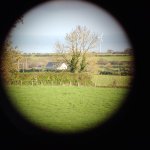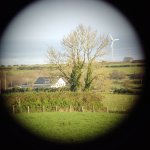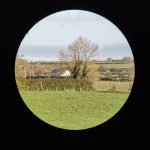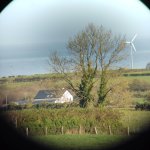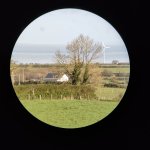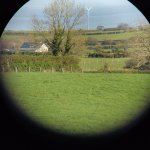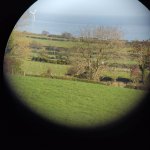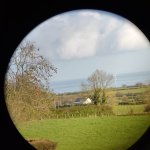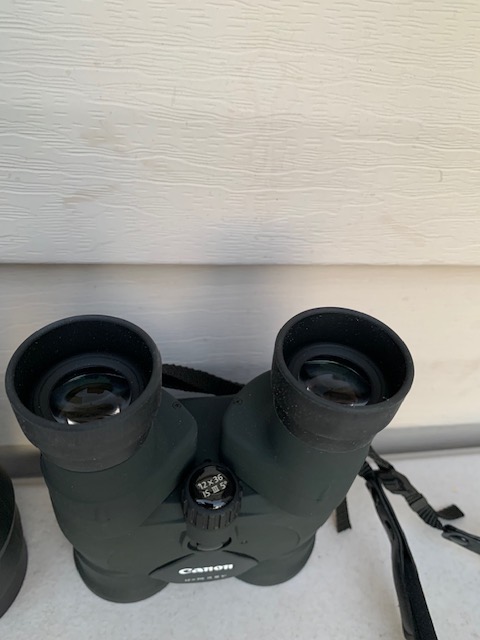I would suggest that simple magnification ratios are too simple.@has530 Well, that's really interesting. I never thought of looking at magnification gains as a fraction. I don't know if there's a thread here (or a theory) looking at it this way, but it's kind of intriguing and at the same time enlightening, so I'd be really happy to read more about this.
I've done a fast an simple table of most typical magnifications and their relationship with typical alternative magnifications.
8/6 = 1,33
8/7 = 1,14
10/7 = 1,4
10/8 = 1,25
12/8 = 1,5
12/10 = 1,2
14/10 = 1,4
14/12 = 1,16
15/10 = 1,5
15/12 = 1,25
16/12 = 1,33
I've always found that the jump from 8x to 10x wasn't really noticeable to have boht an 8x and a 10x. It was only when I tried 12x that I somehow "felt" that 12x was giving me what I expected to see from 12x. Which is a factor of 1,5.
If the jump from 8 to 10 and 12 to 15 is both 1,25, as a hypothesis it would be interesting to focus on larger numbers in order to get a distinctly different "perception" of magnification if you decide to have different binoculars. So, something like.
7x + 12x = 1,7
8x + 12x = 1,5
10x + 15x = 1,5
Or if you were to have three
6x + 10x +15x (which is 1,6 and 1,5)
I have to make some comparisons with the binoculars I have at home (6, 7, 7.5, 8, 8.5, 10 and 12) to see if this works for me, but on a theoretical level I find it fascinating. Thanks.
As we know objective size also plays a significant part on total 'resolving' ability and optimal exit pupil for the given viewing conditions.
What also counts significantly is if there are comparisons of (muggle) non-IS binoculars against IS. At a given mag and objective, there is a huge increase in seeing detail against handheld non-IS.
E.g. a 12x36III could well show much more detail than a top line handheld 10x56, costing 4 times the cost. Moreover, increasing the mag to 12x56 will unlikely increase the seeing detail as the handheld shake will be much more prevalent.
I use my muggle and IS bins like manual 'zooms'. I use low mag muggles to look around, if I see something of interest, I go up the IS mags ( X10, x12, x15, x18), until I see the level of detail I want. If that's still deficient, then I use spotting scopes, 65mm, 80mm, 100mm (x67), 125mm SCT.
Thus in the mag range <= 8 handheld non-IS and IS are closer.
x8 and up handheld non-IS and IS can't be directly compared.
Above x18, spotting scopes take over for me.






